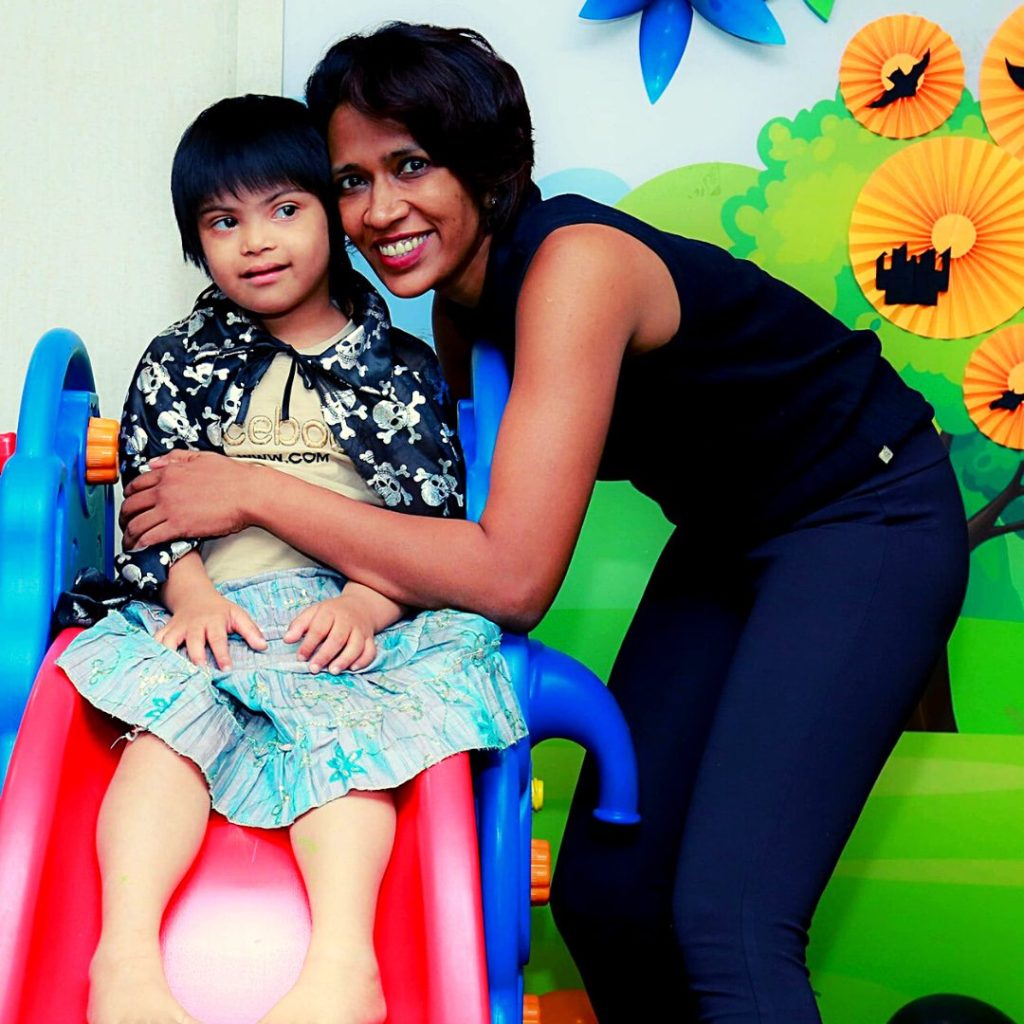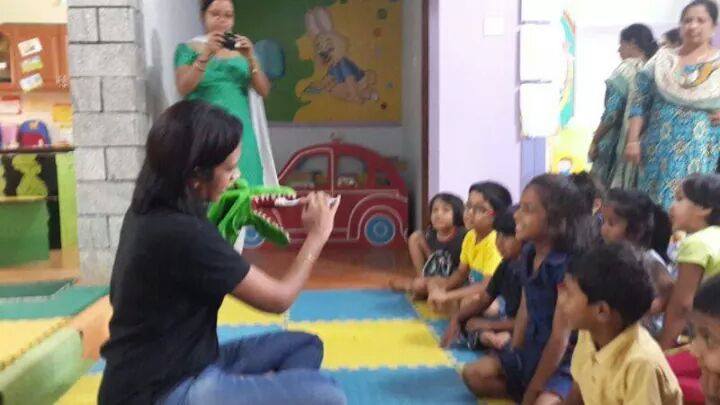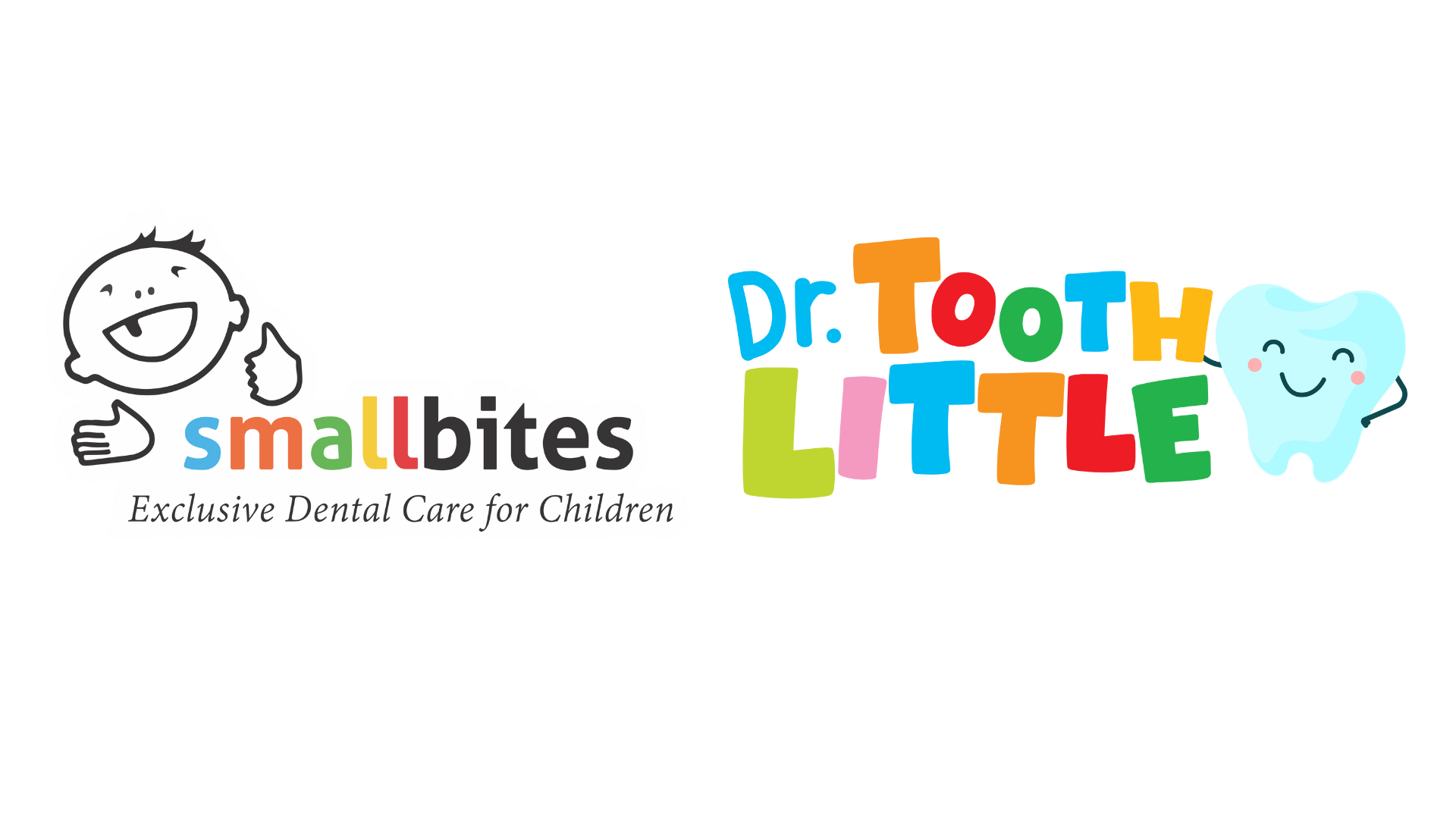Can a Sensory Adaptive Dental Center Minimize a Child’s Pain?
Yes, and absolutely yes!!
Pain, something we all experience whenever we go through a health problem or when taking treatment of any kind. When it comes to teeth, it isn’t just the pain felt when teeth are caried or there’s gum problem, but the pain that we prepare for and dread much before we even visit the dentist.
Imagine this in children, and the anxiety induced pain and stress being exaggerated 5x times!

What is dental pain and how is it different from pain in other parts of the body?
Dental pain is a type of localised pain that is felt in the teeth, gums, or jaw. It is typically caused by dental problems such as cavities, gum disease, or tooth infections. Dental pain can range from mild discomfort to severe, sharp pain that makes it difficult to eat, drink, or even talk.
- One of the main differences between dental pain and pain in other parts of the body is its location. Dental pain is usually localized to the mouth, whereas other types of pain can be felt throughout the body, the distribution making the pain bearable. Additionally, dental pain can be triggered by specific actions such as eating, drinking, or brushing – everyday tasks, whereas other types of pain may be more constant or occur without a clear cause.
- Another difference is the type of pain. Dental pain can be throbbing, sharp, or dull, and it may be accompanied by swelling or sensitivity to hot or cold temperatures, experiences that can feel like the head will explode, exaggerated several times in children. Other types of pain may feel different depending on the cause, location, and severity.
What are Sensory Adaptive Dental Experience Centres (SADE)?

A Sensory Adaptive Dental Experience Center (SADE) unlike a regular dental center, has an environment adapted to work with the sensory abilities of little children. All children when born step into a new environment. From the time they are babies till they grow into teens, they are constantly adapting and changing, each of them taking their time and stretching their abilities in the world. But all children are not the same. They perceive their sense of touch, pain, light and sound differently. This impacts the way they feel pain and react to the surroundings, some find it easy while others find it harsh. Their reaction can change the way they become, impacting any kind of external intervention, even getting teeth examined by a dentist to stop or prevent dental related issues.
SADE environments consider the growth and feelings of a child and feature many different sensorial stimuli that can be adapted to their needs. Whether it is bright or soft lights, textured walls and flooring for their feet, multimedia devices to distract them, intervention like laughing gas and other accessories that help them navigate their sensorial stimuli and help them get interventional treatment or management.

How do these tools reduce pain?
SADE centers work with patients in 2 different areas:
- Surrounding environment
A sensory adaptive dental center may help to reduce pain and discomfort experienced by children during dental procedures. These centers are designed to provide a calming and supportive environment for patients with mild or severe sensory processing difficulties, such as those with autism or other developmental disorders.
By providing a quiet and low-stimulation environment, with features such as dim lighting, noise-cancelling headphones, visual and TV aids, weighted blankets, and other sensory supports, sensory adaptive dental centers can help to reduce anxiety and stress for patients, which may in turn reduce the perception of pain.
- Techniques
In addition, some sensory adaptive dental centers may also use techniques such as distraction therapy, virtual reality, or other forms of cognitive behavioral therapy to help patients manage their pain and discomfort during dental procedures.
Small Bites is one of India’s top Sensory Adaptive Dental Centers designed entirely in a special ‘Beach Theme’ where the entire environment has been moulded to work with the sensory needs of different children, so they get the kind of treatment they need without feeling scared, anxious or overwhelmed.

